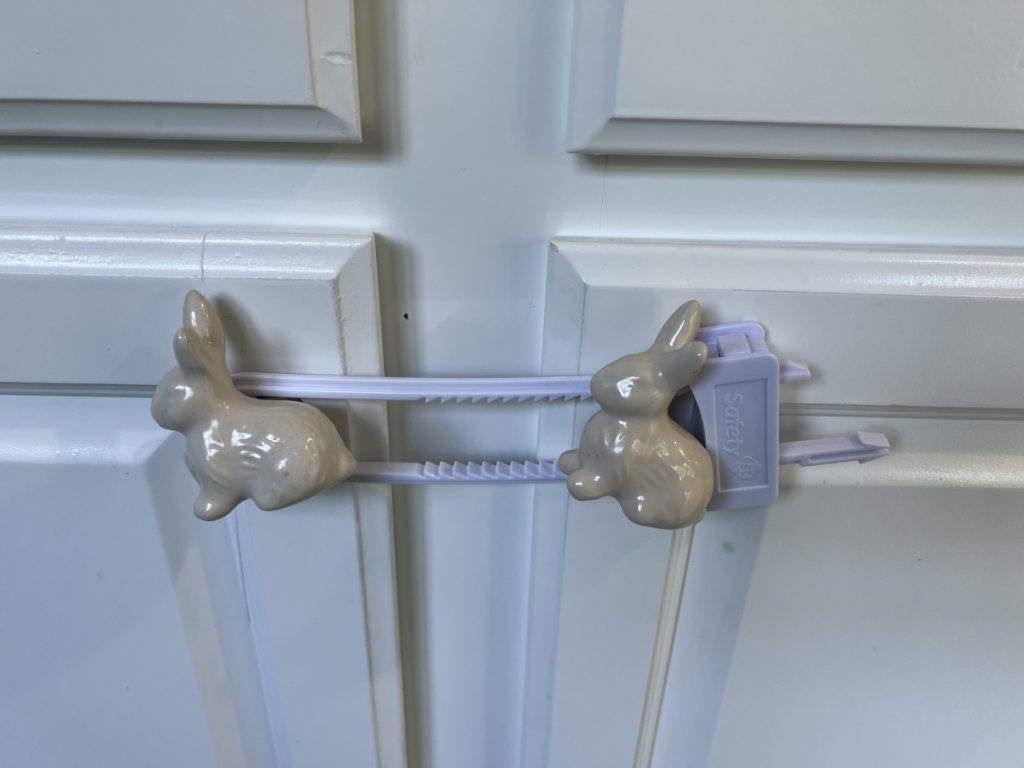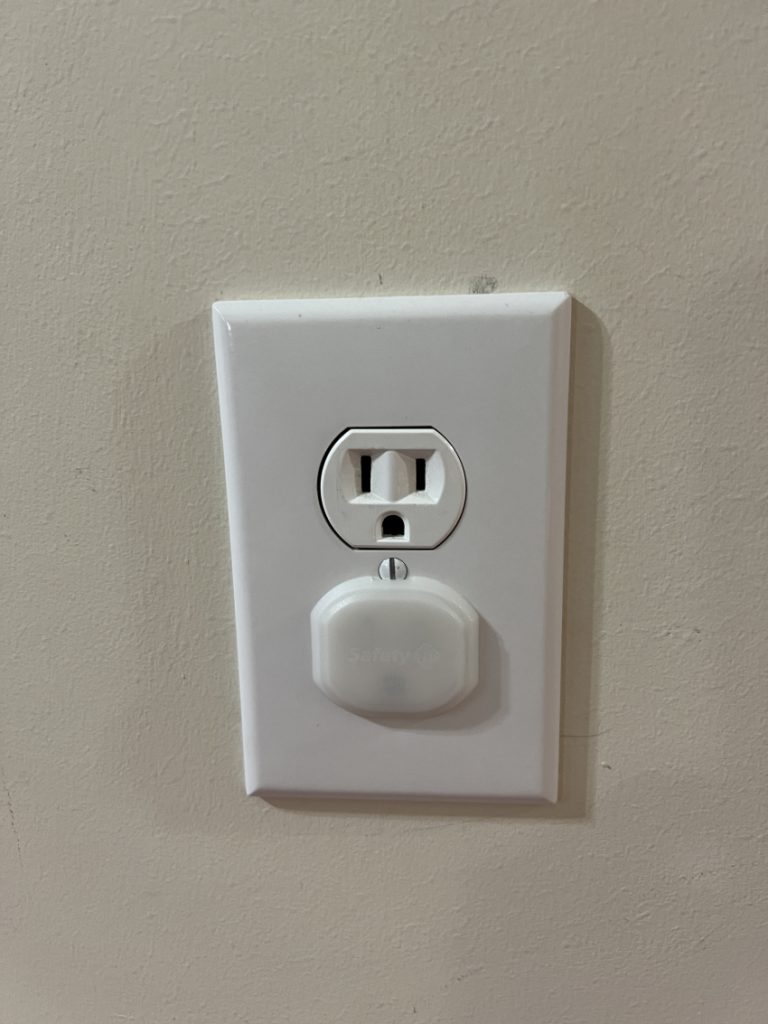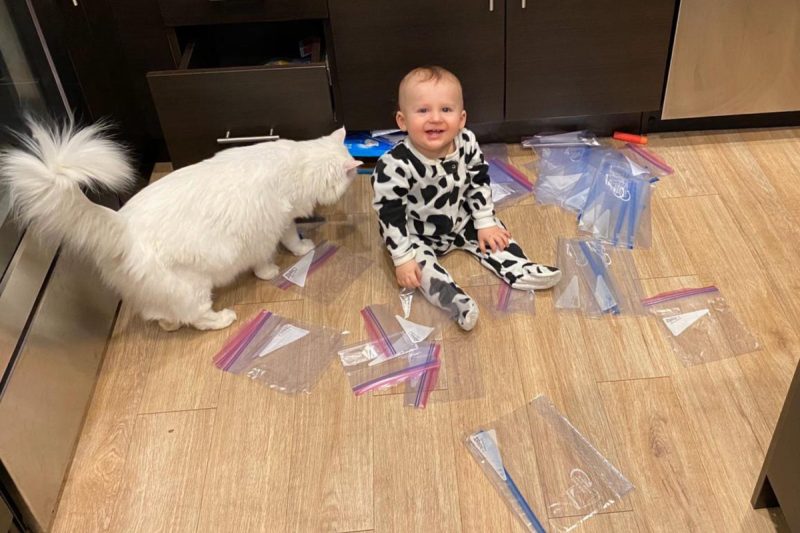Being a new parent and childproofing your environment are two sides of the same coin. You literally can’t have one without the other. Most people start agonizing over it the moment they realize that they are going to become new parents. Some don’t realize the importance till the baby makes its way into the house and starts moving.
Irrespective of which category you fall in, you will find yourself wrestling with making seemingly random objects child safe. Luckily, the initial months give you a bit of breathing room since the baby can’t really get anywhere (yet!).
Is Childproofing necessary?
A large number of children are gravely injured and sometimes even succumb to preventable injuries every year. While childproofing a house is not a substitute for adult supervision, it definitely helps reduce the number of accidents that can occur. It also allows your child the freedom to move around the house without you second-guessing every action they take.
If you want to create a safe space for a Montessori environment then babyproofing is a must. Plus, more importantly for the parent in my opinion – if you babyproof you won’t need to be cleaning a horrible mess nonstop.

Basics of Childproofing
Basic childproofing is moving through your house one room at a time. Make a list as you go. Look at the room from the eye level of an infant to understand what is in reach and what could be a potential hazard. Popular things on the list include electrical outlets, sharps, cleaning agents, things that will make your life less messy, etc.
This sweep also allows you to find a spot for all potential hazards to ensure that they are out of reach. Rugs can be secured to ensure that they aren’t tripping hazards. This would be a quick preliminary sweep.
Some parents like to go crazy on babyproofing, some are doing the minimum. I say it depends on your parenting style, and your children’s understanding. Regardless of your comfort level, the gate for the top of the stairs is a must.
When Should I Childproof My House?
Ideally it is recommended that you start childproofing the house before the baby is born. This is because it gives you time (and room) to breathe post. Bringing a new baby home is hectic, tiring and one chore of the bucket list prior will be a huge weight off your shoulders.
That being said, childproofing is an ongoing process. You will keep finding new things that can be potential hazards as the child grows. You can deal with these as and when they come up.

At what age can you stop babyproofing?
It’s a tricky question. I remember my friend once told me that some kids can be left alone even before school age and some never in reality. Having those different personalities for kids I totally understand now what my friend told me these years ago.
You can see a lot depends on the maturity of the child. Most of the visible gates and locks go away around age two or three – for example, we stopped with gates when my son was a bit over two, but he’s overly mature and I could trust him entirely since he turned 2.5 years and at 3 he was stopping his baby brother from doing naughty things.
Hazardous Items Need To Be Kept Out Of Reach
You would be surprised at how many different kinds of hazardous materials exist in a home. We were introduced to all kinds of lists when we thought of adoption as the house has to comply with all safety standards. Here are a few items that should not be reachable (either secured high-up or locked):
- Medicines, goes without saying
- Detergents and soap pods
- Sharp objects like scissors, knives, needles, etc.
- Small items that can be choking hazards if you have a mouthing baby. These can be marbles, coins, buttons, small jewelry, small clips, etc.
- Toys for older children are a choking hazard.
- Power tools in a locked box
- Guns stored in a safe
- Breakable items, more for your sake honestly
- Heavy furniture need to be anchored to the wall
1. Babyproofing Electrical Outlets
As adults, we don’t really pay much attention to all the electrical gadgets that we use. Kids however are naturally curious about electricity. It’s the magical entity that powers everything in the house.
Babyproofing all the electrical outlets in the house can be a task and there are a variety of solutions that are available. There are two popular ways in which people childproof these. One is an outlet cover that covers the socket (this model is my favorite) and the other is a cover box.

2. Babyproofing Drawers And Cabinets
There are a couple of reasons why you should keep all drawers and cabinets locked. One is that when children open and close them, there are a number of pinch points where they can hurt themselves. Plus, there are items that you would not want the child to have access to.
If your child is anything like my children, you will find them emptying everything for any accessible site and while pulling all the spatulas isn’t dangerous for a child per se, it creates a mess that you can easily avoid. This means repeated work. There are a couple of brilliant items that help when it comes to childproofing your drawers.
My personal preference is the strap locks for cabinets. It’s easy to secure and can be used for multiple purposes including for toilets, dishwashers, drawers, and even storage boxes. A bonus point is that it requires no drilling. It can be easily removed once you do not require it anymore.
So far neither of my kids have figured out how to open them though they are obsessed with trying to figure them out. The downside is this type of child lock doesn’t work for all drawers. It needs one side to be stationary and plush with the cabinet/drawer.

We initially tried these ones for drawers, but they kept breaking on it all the time. We had these cabinet locks, but this is what nightmares are made of and they don’t fit all knobs so I can’t recommend them.
Ultimately, if you decide to drill into the drawers and cabinets I found that simple solutions such as these locks were the best. While magnetic drawer & cabinet locks seemed like an amazing idea at first, we kept losing the opening part, my child was locking it inside and we removed it quickly.
And since we’re talking about babyproofing the kitchen my husband installed the oven and gas stove protectors, so the child couldn’t burn down the house.

3. Childproofing Sharp Edges
People don’t start paying attention to the edges of furniture till the child begins to toddle about. It only gets worse when they run. While there are numerous different kinds of corner protectors that are available online I’m yet to find one that actually works. They come in various colors so you can choose one that is aesthetically pleasing.
The Clear Protectors had a ton of reviews and took my son about 3 minutes to remove. These long strips form a barrier between the edge and your child and are extremely easy to use, but my son also pulled me within a day, along with some paint parts. That said, if you find something that works let me know 😉
4. Babyproofing Toilet & Trash Cans
Wait, what? Little did I know that children are like little raccoons who like to pull trash and splash in a toilet. We found out about it the hard way when we were about to leave for a beach vacation and couldn’t find a second toddler sandal… until my toddler admitted that he threw the other one in the trash the previous day. That said, keep your trash protected.
The best lock for the trash is Safety 1st Universal strap or if your baby figures stuff out quickly like mine did this one with a fake button. This can also work for drawers, storage doors, and even a toilet. For the toilet specifically, we used this Mommy’s Helper version at some point as well.

5. Use Baby Gates
Baby gates are lifesavers. They allow you to isolate an area that you don’t want the child to enter or a place you want to provide the child with limited access. I use these for the stairs and porch. This way, I can keep the kids out when I’m carrying something hot and allow them in when it is safer for them.
Most baby gates are easy to install, and relatively cheap work for kids who hate being in the playpen (like my oldest one). There are different kinds of baby gates in the market. Some swing open while others are retractable. Others even have a pet door!

6. Door Stoppers
If your child is anything like mine the doors will get opened quickly and I mean quickly… mine knew how to open doors at 8 months and locks and round knobs by 14 months.
We started with this for the outdoor door handle and then switched to those round knobs. However… make sure you can unlock the doors from the outside. Both of mine learned how locks work at 14 months and kept locking my husband in the garage or garden..
For travel we used this to prevent squished fingers and the children locking the sibling out during the day.






Thanks for all the tips! Under number 2 the picture shows a lock inside of the door. What is that for a lock? If it’s your preferenced strap lock, how did you install and open it? Because Amazon doesn’t state anything of it being installed inside the door.
This specific lock is this one: https://amzn.to/3ZeTadb